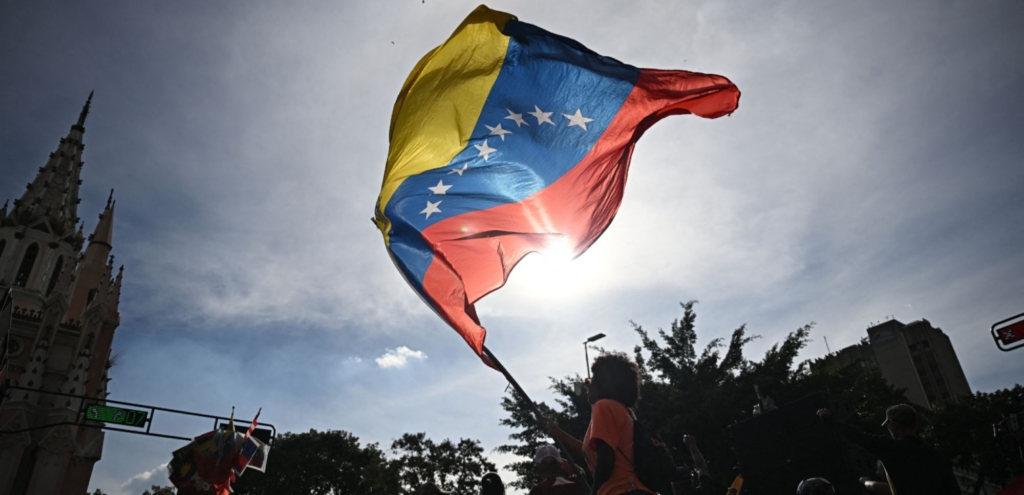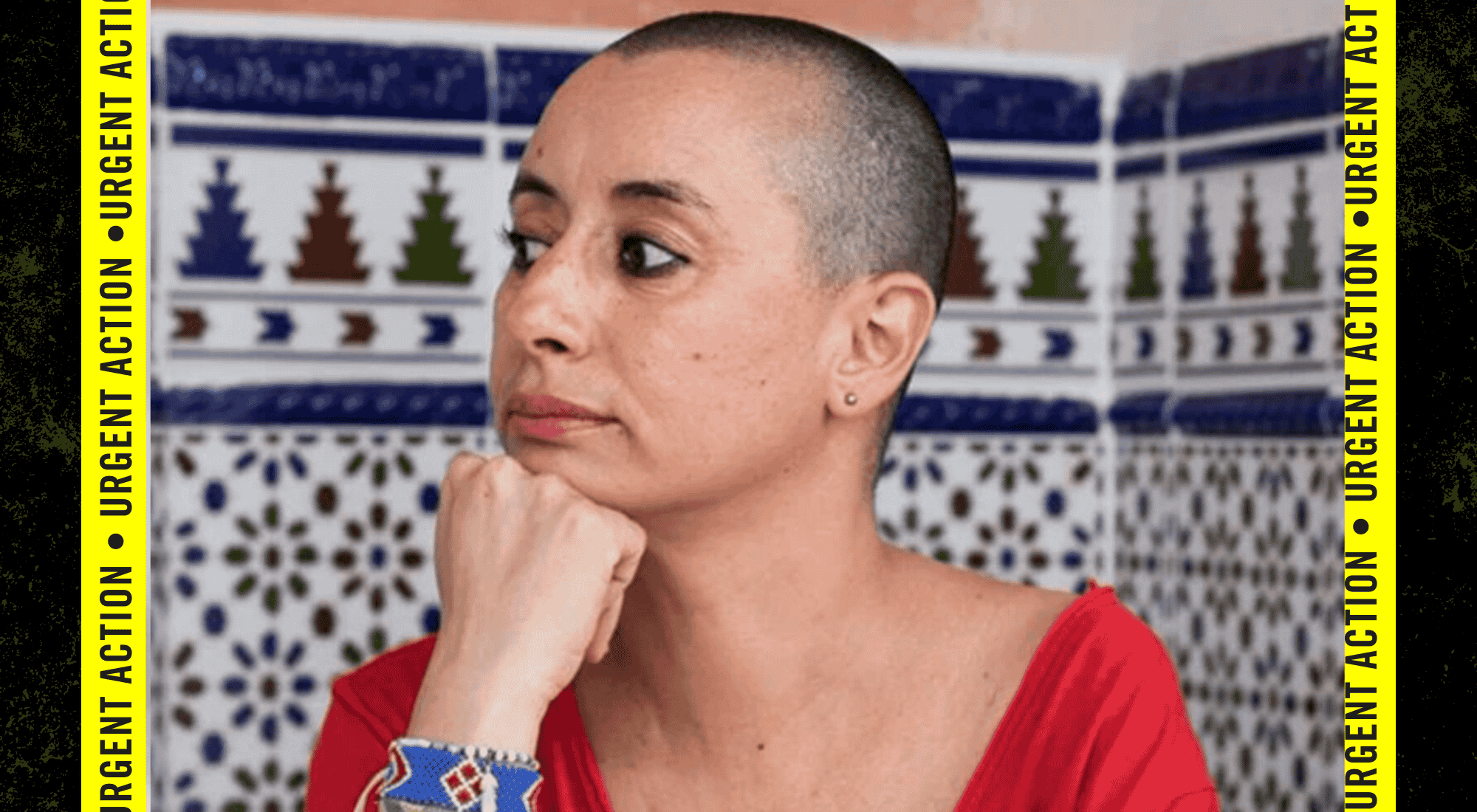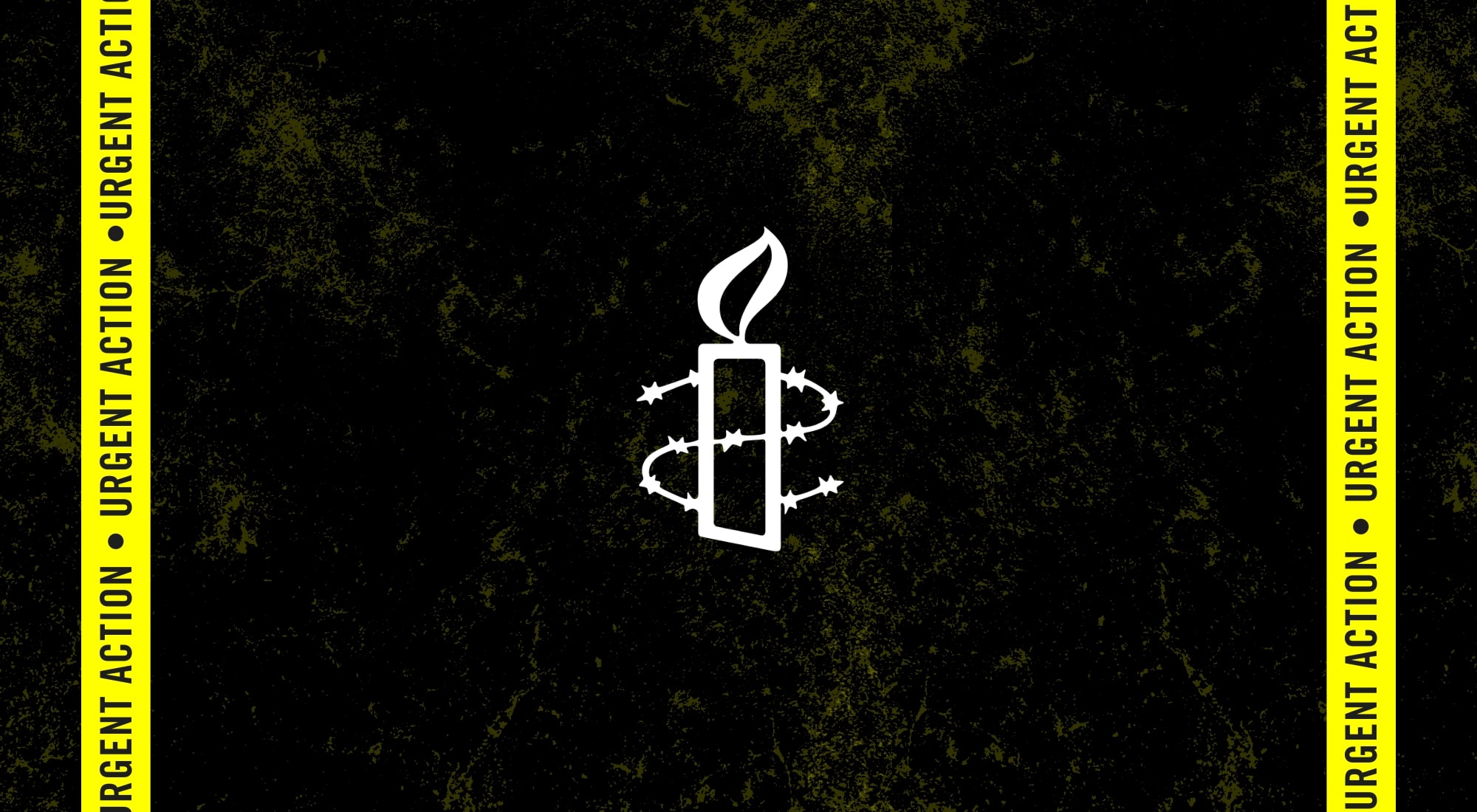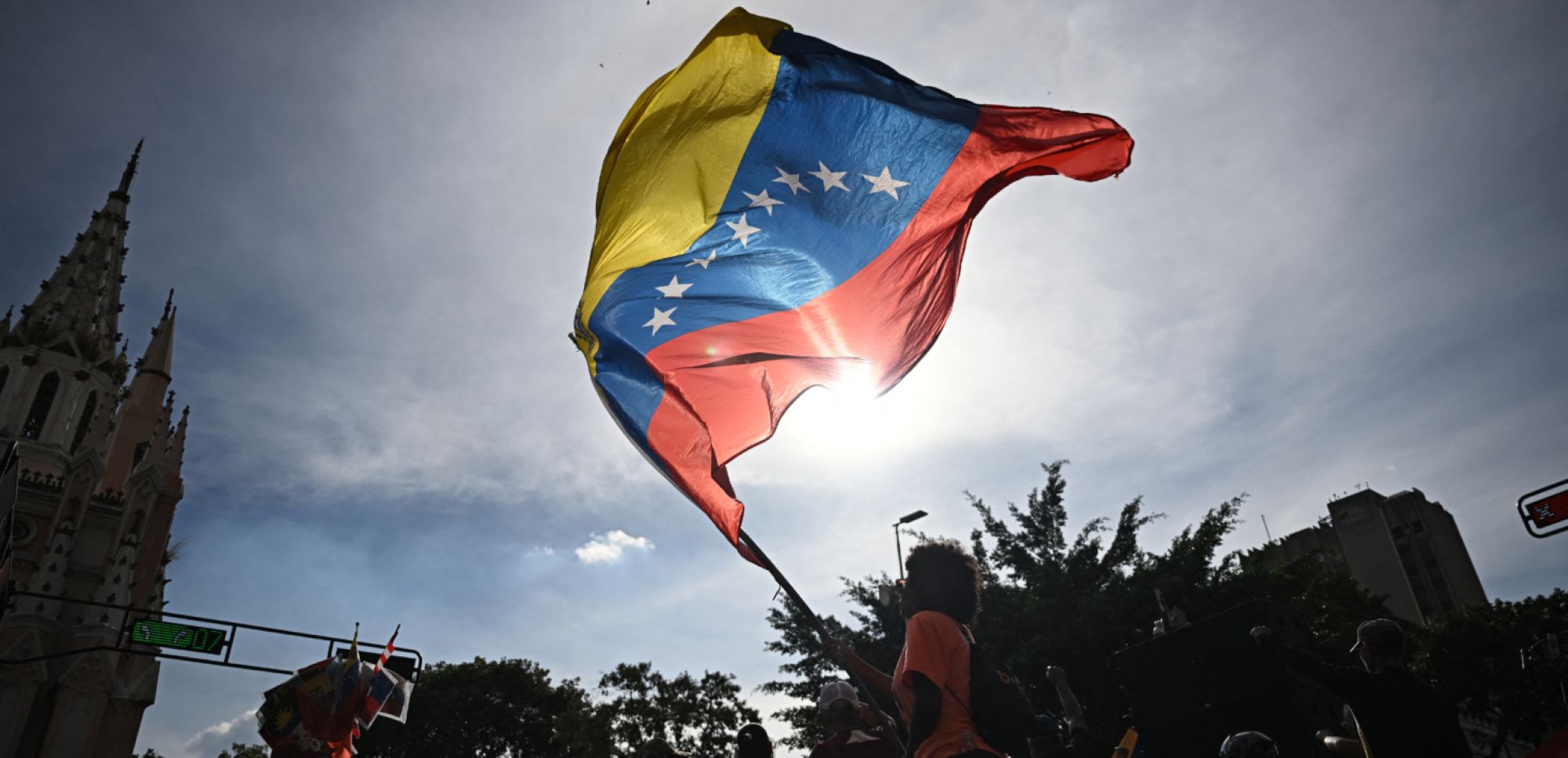Legacy of IS scorched-earth tactics still devastates rural communities
Sabotage of irrigation wells and other destruction amounts to war crimes
Across Iraq, vast destruction deters hundreds of thousands from returning to rural areas
As part of its brutal campaign against northern Iraq’s Yezidi minority, the armed group calling itself Islamic State (IS) committed war crimes and crimes against humanity when it sabotaged irrigation wells and destroyed other farming infrastructure, Amnesty International said in a new report today.
A year after Iraq’s government declared military victory over IS, Dead Land: Islamic State’s Deliberate Destruction of Iraq’s Farmland details how the armed group also burnt orchards, looted livestock and machinery and laid landmines in farming areas.
“The damage to Iraq’s countryside is as far-reaching as the urban destruction, but the consequences of the conflict on Iraq’s rural residents are being largely forgotten,” said Richard Pearshouse, Senior Crisis Adviser at Amnesty International.
“Our investigation reveals how IS carried out deliberate, wanton destruction of Iraq’s rural environment around Sinjar Mountain, wreaking havoc on the long-term livelihoods of Yezidis and other agrarian communities. Today, hundreds of thousands of displaced farmers and their families can’t return home because IS went out of its way to render farming impossible.”
Amnesty International visited rural areas in northern Iraq, including Sinjar district where much of the Yezidi community lived before 2014 and the scene of some of the most extensive rural damage. The organization interviewed 69 people for this report, including 44 current or former farmers from rural areas.
Destruction of vital water sources in a harsh, dry land
In addition to its campaign of war crimes and crimes against humanity, including murder, persecution, rape and enslavement, IS sabotaged the irrigation wells of many subsistence and smallholder farmers.
IS fighters often tossed rubble, oil, or other foreign objects into the wells and stole or destroyed pumps, cables, generators and transformers. The armed group also burnt or chopped down orchards and pulled down and stole vital electricity lines.
Hadi, a former farmer in his mid-40s from a small village south of Sinjar Mountain, told Amnesty International what he saw when he returned to his farm after fleeing IS in 2014:
“[It was] pure destruction. I had a well – 220 metres deep – as well as a generator and an irrigation pipe system. [IS] threw rubble in my well and filled it to the top. My trees were chopped down – I could see the [chainsaw] marks. The irrigation system – from the pump to the pipes – was stolen. They did this to send a message: that you have nothing to return to, so if you survive, don’t even think of coming back.”
Majdal, a farmer in his mid-50s from another village south of Sinjar Mountain, said:
“There is nothing left. Now the house is destroyed, and all the trees burnt down. We had 100 olive trees, but when I went I didn’t see a single tree in any direction. They were chopped down and burnt… They wanted us to lose everything. They didn’t want us to be able to come back to our land.”
Amnesty International visited an abandoned farm in a small village near Sinune town, north of Sinjar Mountain. IS fighters had poured oil down one irrigation well and dumped debris in another. A large water tank was empty and plastic irrigation pipes lay broken and scattered nearby. Adjacent fields lay barren.
Water engineers told Amnesty International they had no doubt the destruction was deliberate. This happened on a broad scale – no comprehensive assessment has been undertaken, but local officials estimate that in the area near Sinune alone, IS put 400 out of 450 irrigation wells out of use.
Wider agricultural destruction
The conflict against IS eviscerated Iraq’s agricultural production, now an estimated 40% lower than 2014 levels. Before IS, around two-thirds of Iraq’s farmers had access to irrigation – only three years later, this had fallen to 20%. Around 75% of livestock was lost, spiking to 95% in some areas.
Only about half the people displaced after IS took control of the Sinjar area in 2014 have returned. Numerous IDPs from the area told Amnesty International they felt they now had nothing to go home to, with their farms and livelihoods decimated. This pattern appears to be reflected in rural areas elsewhere in Iraq.
“Unless there is urgent government assistance, the long-term damage inflicted on Iraq’s rural environment will reverberate for years to come. When IS tore through Iraq in 2014, it thrived off rural poverty and resentments, so Iraq’s government should be concerned that something similar could happen again,” said Richard Pearshouse.
Urgent need to prioritize rural reconstruction
Iraq adopted an official reconstruction plan in 2018. It assesses the damage to the agricultural sector and outlines the costs of recovery over the next five years.
“The Iraqi government urgently needs to fund and implement its reconstruction plan. Repairing critical irrigation and other rural infrastructure is vital to allow displaced people to be able to return to their homes and farms,” said Richard Pearshouse.
“Those displaced by IS war crimes have a right to full reparation and to justice. The government must ensure that survivors receive restitution or, if this is not possible, compensation.”
Amnesty International is also calling for the UN-mandated team established in September 2017 to include IS crimes related to the environment within the scope of its investigation.
Background
From August 2014 onwards, Yezidis and their overwhelmingly agrarian communities bore the brunt of the IS crimes in northern Iraq.
First, IS fighters rounded up and killed any men and boys who hadn’t been able to seek sanctuary on the defensible heights of Sinjar Mountain. Soon after, they abducted and sold an estimated 6,000 young women and children into slavery elsewhere in Iraq and in Syria. Yezidis sought refuge in Europe and other parts of the Middle East.
By the time the north side of Sinjar Mountain was retaken from IS in December 2014, and the south side in November 2015, thousands of years of Yezidi life had been all but obliterated. The Kurdistan Regional Government took control of the area before handing it over to Iraqi central government control in October 2017.
For more information or to request an interview please contact: Lucy Scholey, Amnesty International Canada (English): +1 613-744-7667 ext. 236; lscholey@amnesty.ca





















